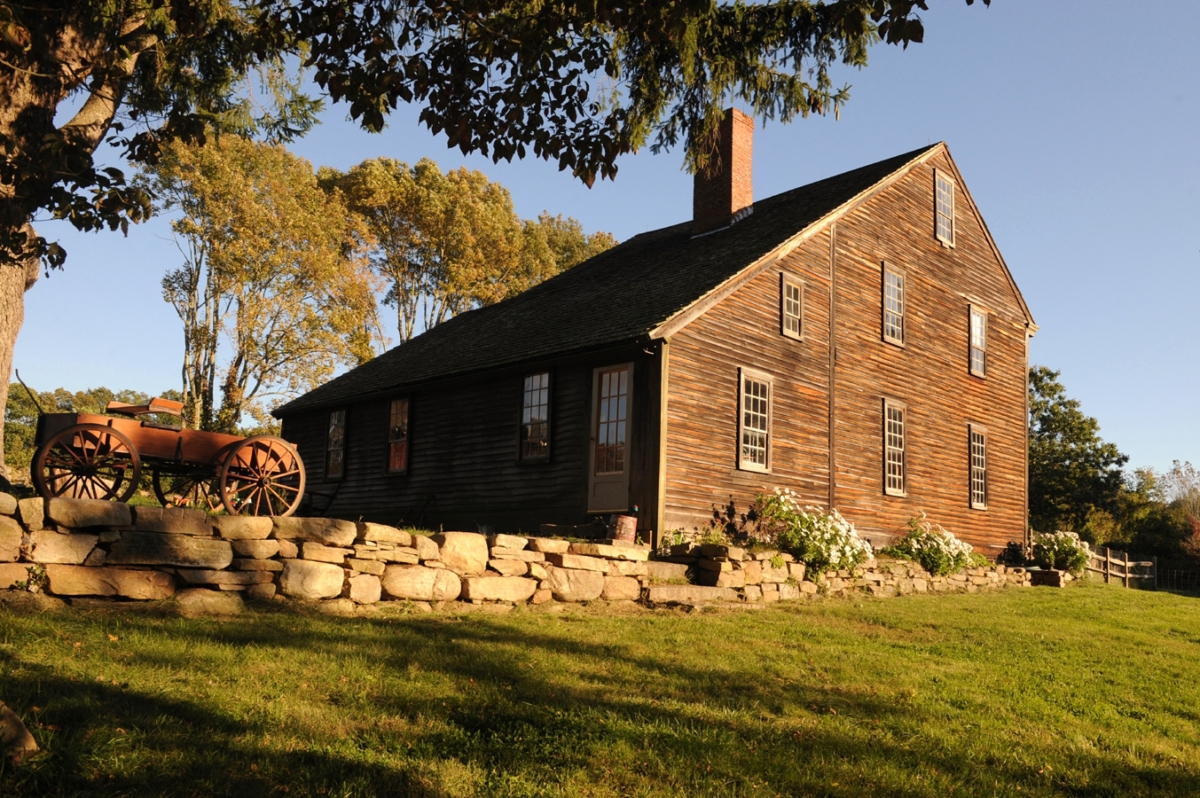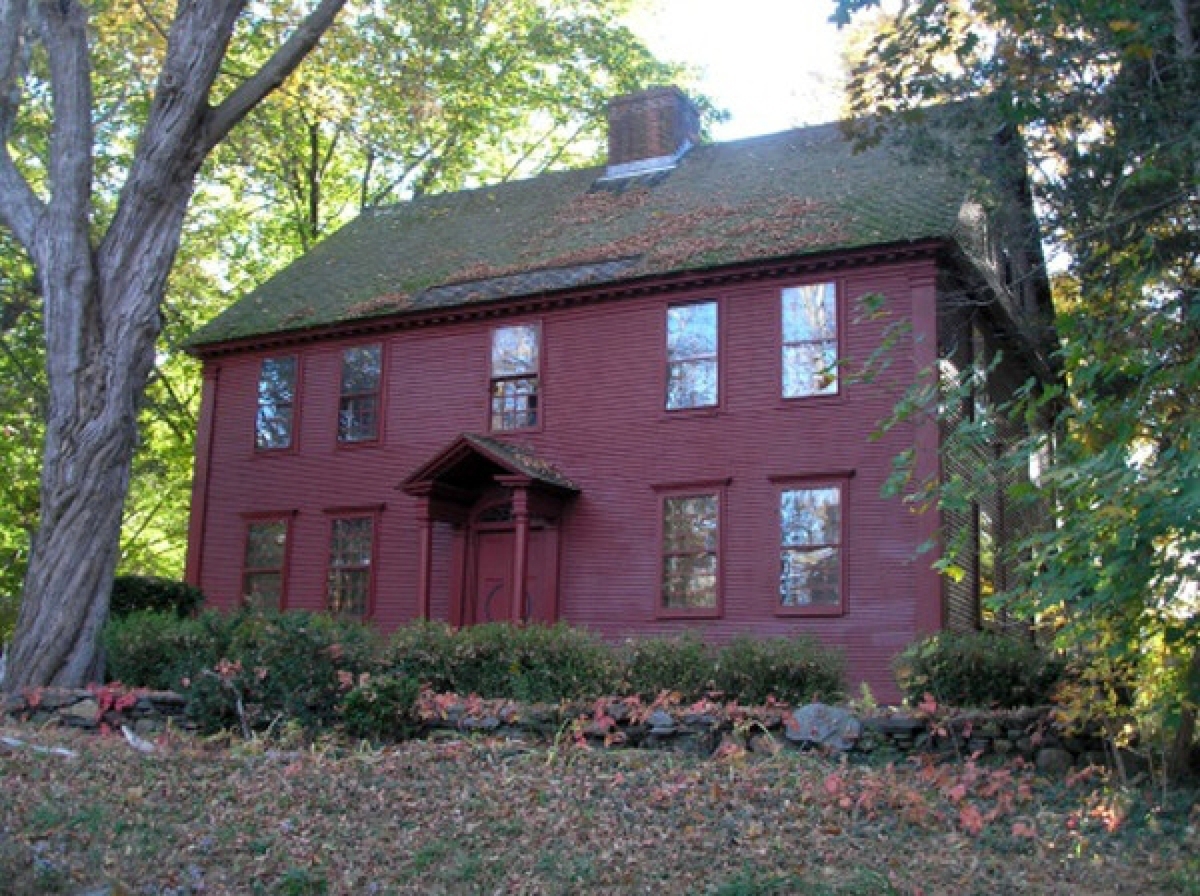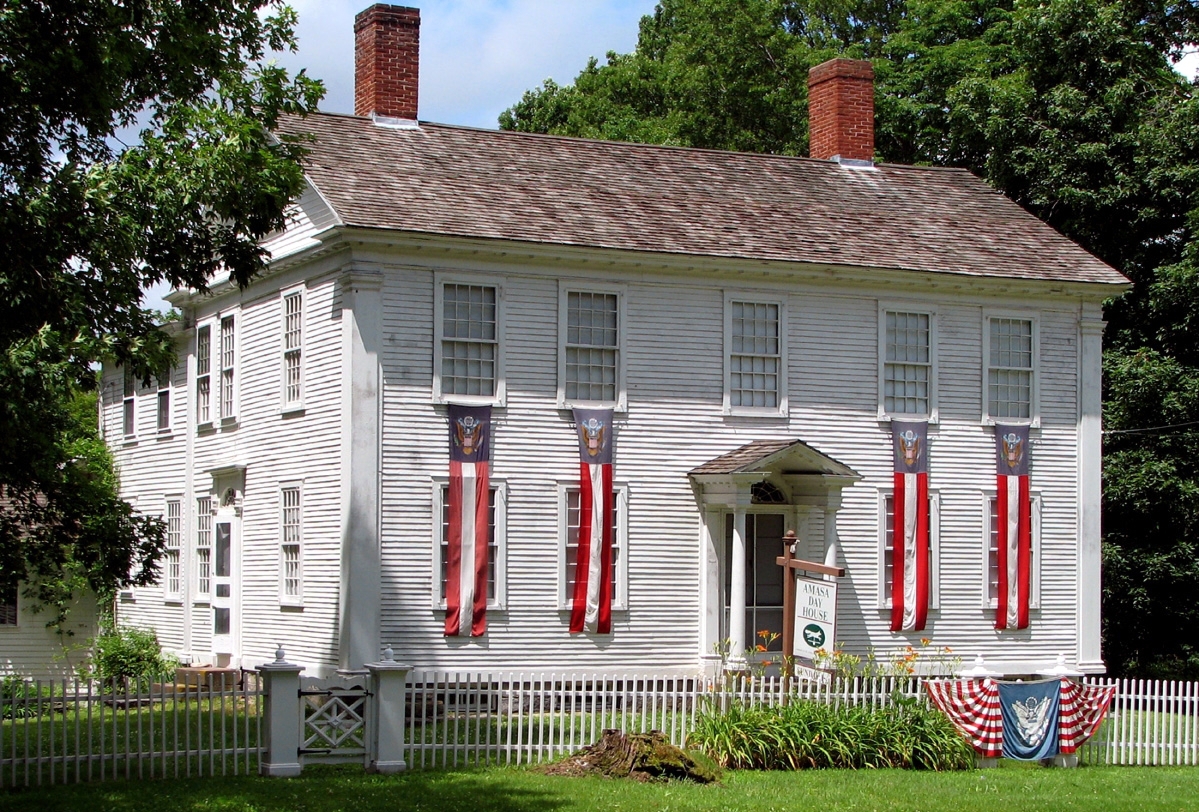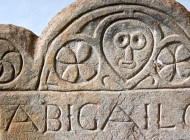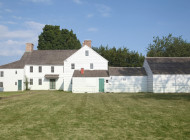By Madelia Hickman Ring, Assistant Editor
HARTFORD, CONN. – Art and antiques news sources regularly report that attendance is down at museums, historical societies and house museums, and that institutions are resorting to selling works from their collections to covering operating costs. In the current economy, organizations that once relied upon financial support from state or local governments have been forced to tighten their belts or find other sources of support.
The Connecticut Landmarks Society (CTL) – formerly the Antiquarian and Landmarks Society (ALS) – finds itself under scrutiny after a series of reports by David Collins, a columnist for The Day of New London, Conn. At the center of the reports are three historic properties owned by CTL: Forge Farm in Stonington, which was gifted to then ALS in 1983; the Palmer-Warner House in East Haddam, which CTL took possession of in 2005, and the Amasa Day House, also in East Haddam, inherited by ALS in 1967. Collins believes the properties have been left to deteriorate while at least two of the properties were gifted with endowments sufficient for their continued upkeep. He also claims the society has spent the monies in the endowments inappropriately, not followed the directions of the bequests and that they have been trying to sell off Forge Farm while keeping the farm’s endowment. None of the properties appear to be seasonally open to the public, with only one of the properties, the Palmer-Warner House, being listed on CTL’s website.
CTL has responded to the Forge Farm allegations with letters to the editor of The Day, one written by Frederick Copeland Jr, chairman of the Board of Trustees, the other written by Sheryl Hack, CTL’s executor director. Both Copeland and Hack assert that when the house was initially endowed it required an extensive restoration, after which both assert the house had lost much of its historic integrity. Further, Copeland states CTL intends to devote considerable funds to improving the condition of Forge Farm and grounds. In her letter, Hack says the farm’s endowment is approximately $1.5 million. She asserts, however, that with the property no longer historic but a “replica of a historic house,” Forge Farm has presented a dilemma for CTL, which is trying to find a buyer who can assume stewardship of the property. In addressing the issue of the condition of the Palmer-Warner House, Collins reported that Copeland has admitted monies were spent on things other than the house, including “overhead” expenses.
On March 1, Hack issued a statement to Antiques and the Arts Weekly in response to Collins’s claims, stating that CTL “adamantly disagreed” with Collins’s claims, which are characterized as an “attempt to make insinuating connections that do not exist to disparage the institutions and individuals involved.” It states further that his “comments have focused on properties at which 2018 maintenance has been scheduled as per our long-term property restoration and maintenance plan. Collins visited – and photographed – these properties in the winter when outdoor maintenance work is generally not conducted, and all historic New England properties look their worst.”
On the future of Forge Farm, the statement reads, “With regard to the Forge Farm property in Stonington, following the termination of a long-term tenancy that in the end turned difficult and contentious, we have developed and are implementing a capital improvement plan to bring the property back to CTL standards. In addition, we are working with the Connecticut Trust for Historic Preservation to address community concerns.”
In addressing the Palmer-Warner House, the statement outlines a series of steps CTL took, starting with a study of the site’s history and historic assets, which was completed in 2009. CTL will complete the cataloguing and interpretive development of the Palmer-Warner property and to create a program, education and visitor welcome center in the Palmer-Warner barn. Hack, who stands by her 13 years of experience working at CTL, spoke with Antiques & The Arts Weekly, saying “historic preservation is a fundamental component, but not the only thing we do as a museum with 501(c)(3) status for education. We operate and have always operated under FASB accounting standards and non-profit best-practice operating standards as our consistently clean audits show.” CTL has declined to comment on the record about the Amasa Day House.
Since CTL initially responded, Collins has cited an article published in 1985 in CTL’s magazine, The Connecticut Antiquarian, which documented Forge Farm’s extensive restoration. He has also cited former employees who have criticized CTL’s methods for historic preservation.
Antiques and The Arts Weekly reached out to Jane Nylander, president emerita for Historic New England, a charitable, nonprofit, historic preservation organization headquartered in Boston, for background on the guidelines within which preservation organizations operate. Nylander, who had been traveling, was unaware of the controversy and has never visited any of the three properties currently at issue, pointed out that state laws may well vary but that donor restrictions typically govern the oversight of properties and the monies endowed. She said the US Secretary of the Interior has put in place useful standards and guidelines for the preservation and maintenance of historic properties, which should apply to those in question here.
Antiques and The Arts Weekly also spoke with Greg Farmer, a circuit rider for the Connecticut Trust for Historic Preservation. Farmer has been to Forge Farm and said he was reassured to find that the condition was not as dire as Collins has depicted. The vinyl windows that were installed were a stop-gap solution and will be replaced with more appropriate windows. Additionally, the roof leakage was localized to the modern kitchen and bathroom and did not compromise the historic areas. He is confident CTL has a strong understanding of their mission and a good plan of action for moving forward.
William Hosley, former director of ALS, has shared his opinions with Collins and on a Facebook page titled, “East Haddam’s TWO Historic Museum Houses: Sorry, No Admittance.”
CTL has requested a review and is working cooperatively with the state’s attorney general’s office.
Antiques & The Arts Weekly will follow and report on these stories as they develop. To read Collins’s articles in full, and the letters to the editor by both Copeland and Hack, see the links below:
www.theday.com/op-edguest-opinions/20180218/forge-farm-no-longer-truly-historic
www.theday.com/local-columns/20180227/landmarks-is-neglecting-its-other-endowed-east-haddam-house
www.theday.com/local-columns/20180303/ex-landmarks-employee-nathan-hale-bible-left-to-rot-in-closet

